
Francisco Rodríguez
At the end of 2017, aguasresiduales.info, Spain’s leading journal on wastewater and sanitation interviewed Flovac Spain’s Technical Director to understand the massive growth in the vacuum sewerage industry in Spain and elsewhere, particularly for Marina and Port infrastructure.
This is a translation from the original article which can be found here.
We speak with Francisco Rodríguez, Technical Manager of FLOVAC Spain, about vacuum sanitation in Ports and Marinas
The company FLOVAC Vacuum Sewerage Systems, is the world’s largest designer, manufacturer and supplier of complete vacuum sewerage systems Among its solutions, one of the fastest growing solutions is the complete sanitation of marinas and commercial ports, where a vacuum sewerage network allows the operator to manage the port’s own sanitation network and at the same time service the collection of wastewater from the boats.
Francisco, in general terms, how does a vacuum sanitation system installed in ports and marinas work?
A Flovac valve connected to the vacuum network is installed at each connection point. When it detects that there is about 20 cm of water in the sump, the valve opens, sucks in the water, sucks in air and closes again in a matter of 2 or 3 seconds. All this without electricity, only with the force of the vacuum.
The only point that needs electricity is the vacuum station. The vacuum pumps located in the station maintain a constant vacuum level in the vacuum network that covers the entire port or marina. A tank collects the wastewater before being driven or pumped to the municipal collector or sewage treatment plant.
What advantages does this vacuum sanitation offer compared to traditional sanitation in this type of site? In marinas and ports, the water table is very high and has often been filled with breakwater, so deep ditches are extremely expensive and technically complicated. Thanks to the force of the vacuum, the pipes can be installed at a shallow depth and serve the entire port or marina with a single vacuum station. The wells where buildings and megayachts are poured can also be shallow, since the valve only needs 20 cm of water to act.
The vacuum station itself can be buried (for space or aesthetics) or it can be on the surface, without the need for excavation. Another advantage would be the absence of odors, since when emptying the well each time there is 20 cm of water (about 50 liters), the residence time is minimal and avoids the appearance of the smell characteristic of pumping. In addition, the valve remains open a couple of seconds after emptying the well, so it renews its air. The network of pipes is watertight, since any leakage is detected in the vacuum station and an alarm occurs. In addition, in case of leakage, air will be sucked through the fissure and no residual water will be spilled. Therefore, it is the only system that ensures correct environmental protection of the port or marina.
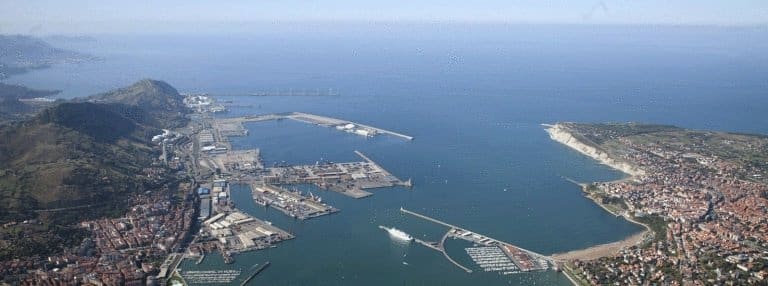
As for the installation costs of this technology and maintenance costs, replacement of equipment, etc., what can you tell us? The reduction of excavation in such difficult conditions as a port, means a reduction of important costs, and the reason why sewage collection by vacuum is the most economical solution. The maintenance costs of a system with a single vacuum station, compared to an alternative that would require multiple pumping, are also clearly lower. The valve is specifically designed to work with wastewater. They are manufactured in glass filled polypropylene, with a stainless steel shaft. The result is that the first valves installed in Spain, specifically in Empuriabrava, 15 years ago, continue to operate with a minimum consumption of spare parts
Currently FLOVAC is the benchmark in the installation of vacuum sewerage systems, both in residential areas and in ports and marinas, what are your main references and projects at this time in Spain? The first installations in ports that we carried out in Spain, more than 10 years ago, were sewerage projects for the existing buildings in the marinas or ports. Later, we added sewage suction points for small boats that had to move to that point. In the most recent marinas, a single vacuum station serves buildings, suction points for yachts located at the gas station, megayachts on their own mooring and even a network of bilge water suction points that are treated before they are sent to the public sewage system.
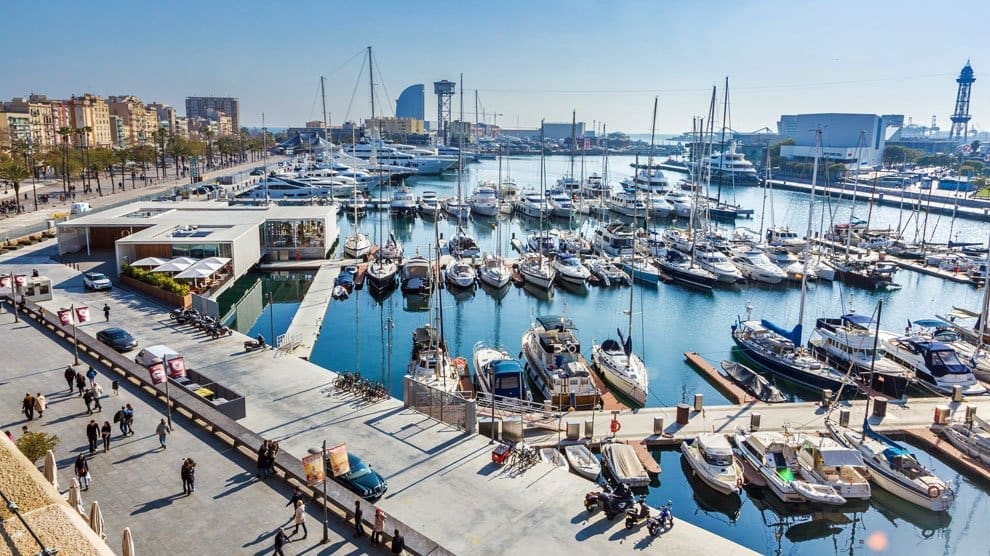
The result is that among our projects in Spain there are all kinds of facilities: large commercial ports, such as the Port of Barcelona or small ones such as Arenys de Mar, marinas for yachts or mega yachts such as the Royal Marina Juan Carlos I (Valencia), Port Vell and Marina Vela (Barcelona) or industrial facilities such as Marina Barcelona 92 for megayacht repair.
To empty wastewater from small boats, suction points are available, usually next to the gas station. Likewise, Flovac valves open and allow the emptying of yacht deposits. The megayachts, on the other hand, have their own sewage pumps, which drive the water to small wells located on the same dock where Flovac valves evacuate the water to the vacuum station. Finally, to evacuate the bilge water from the gas stations, a second vacuum network is required, so that these waters end up in a different reservoir that allows their treatment before being sent to the public sewage system. But the equipment at the vacuum station is the same for both networks.
Finally, Francisco, are marina and port projects being installed in other countries?
Flovac is leading the world in providing sewerage solutions at Marina’s and many countries are now following Spain’s lead which we feel is a world leader in using best environmental practices. Greece has always been another leading country for marinas and we have done a number of projects as far away as Australia and more recently in the Caribbean, Italy is also a very good market for us.
For more information please visit www.flovac.es or www.flovac.com




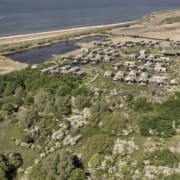

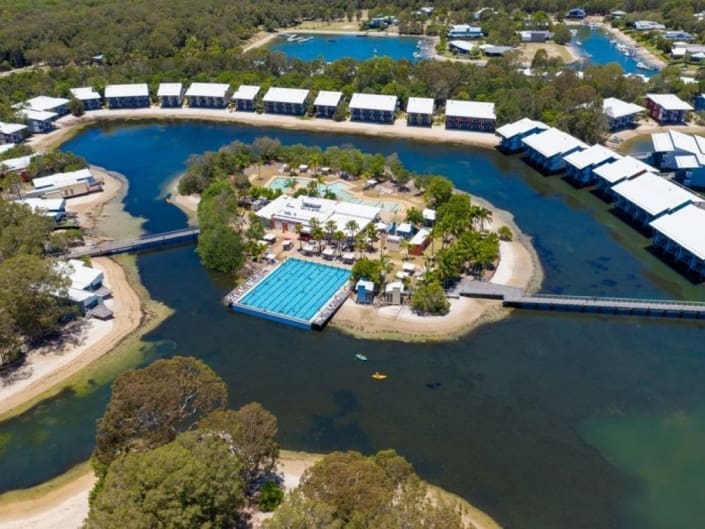





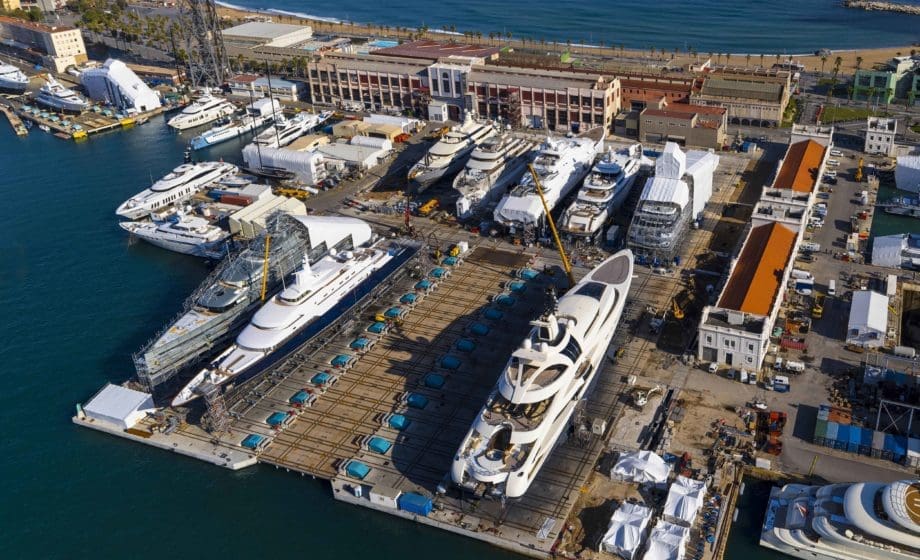









 General Manager of the project, Ruurd Van Putten, gave us his insight. “It’s a unique project in Vietnam that will ignite a whole new industry. Yachting is generally known for its high standard, quality and innovation. Marinas have proven to be a catalyst for economic growth, development of tourism and overall improvement of leisure services and facilities.
General Manager of the project, Ruurd Van Putten, gave us his insight. “It’s a unique project in Vietnam that will ignite a whole new industry. Yachting is generally known for its high standard, quality and innovation. Marinas have proven to be a catalyst for economic growth, development of tourism and overall improvement of leisure services and facilities. With environmental concerns a high priority in coastal developments, Ana Marina is heavily focused on the key concepts of Sustainability, Durability and Responsibility. “A marina means less pollution, cleaner water, and protection to vulnerable marine life. It will have special systems to prevent spillage of oil, fuel and waste of boats.
With environmental concerns a high priority in coastal developments, Ana Marina is heavily focused on the key concepts of Sustainability, Durability and Responsibility. “A marina means less pollution, cleaner water, and protection to vulnerable marine life. It will have special systems to prevent spillage of oil, fuel and waste of boats.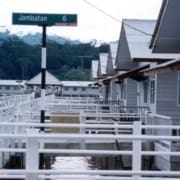
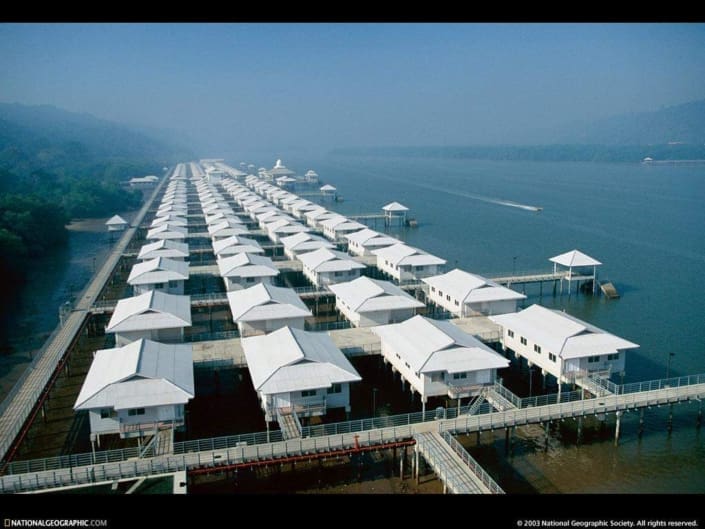 Kampong Ayer in Brunei’s capital city of Bandar Seri Begawan is a cluster of around 40 small villages connected by a 38-kilometer (23-mile) boardwalk. It dates back more than 600 years. Today, around 13,000 people live in the water village, about 3{f2ac4d1e1d40dc2e2d9280a1dfa90d854b2d8c80eba743affa37fc4ce2e16def} of the country’s population.
Kampong Ayer in Brunei’s capital city of Bandar Seri Begawan is a cluster of around 40 small villages connected by a 38-kilometer (23-mile) boardwalk. It dates back more than 600 years. Today, around 13,000 people live in the water village, about 3{f2ac4d1e1d40dc2e2d9280a1dfa90d854b2d8c80eba743affa37fc4ce2e16def} of the country’s population. Although some of the houses are now on vacuum sewer networks, many have still not been connected. Historically having raw sewerage drop into the water below only really affected the health of the local population as many of the water people swam or fished in the same water. With the wealth of those living in the villages increasing, more problems have surfaced with detergents entering the waterways, killing off the fish and other local seafood. None of this is good for tourism, especially the odour.
Although some of the houses are now on vacuum sewer networks, many have still not been connected. Historically having raw sewerage drop into the water below only really affected the health of the local population as many of the water people swam or fished in the same water. With the wealth of those living in the villages increasing, more problems have surfaced with detergents entering the waterways, killing off the fish and other local seafood. None of this is good for tourism, especially the odour. The pipework sloping to a gravity main below the houses close to the surface of the water was cut many times by local residents as it was impeding the way that many residents got around the area in their boats. For hundreds of years the residents drove their small boats under their houses and around the village. All of a sudden plastic pipes were in the way. A simple solution – cut them.
The pipework sloping to a gravity main below the houses close to the surface of the water was cut many times by local residents as it was impeding the way that many residents got around the area in their boats. For hundreds of years the residents drove their small boats under their houses and around the village. All of a sudden plastic pipes were in the way. A simple solution – cut them.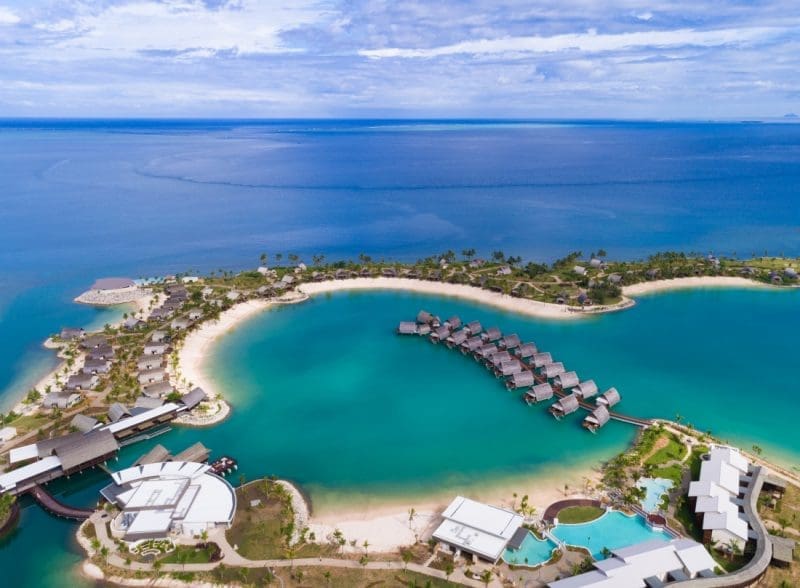 As the pipework was laid directly under the walkways it was not visible and did not impact on the passage of the residents. The number one lesson for residents was to learn not to use their toilet as a rubbish bin. Initially blockages were common and operators grew frustrated by the number of items thrown into the system. The problem residents were easily found as with only 4 houses connected to a sump, the process of elimination was easy and the residents were educated as to proper use. Modern valve monitoring systems will make this even easier.
As the pipework was laid directly under the walkways it was not visible and did not impact on the passage of the residents. The number one lesson for residents was to learn not to use their toilet as a rubbish bin. Initially blockages were common and operators grew frustrated by the number of items thrown into the system. The problem residents were easily found as with only 4 houses connected to a sump, the process of elimination was easy and the residents were educated as to proper use. Modern valve monitoring systems will make this even easier.
 If you are part of a coastal community it could be worse, your old broken pipes could be letting seawater into the system every time there is a high tide or major storm. Salt water can cause major problems at the Treatment Plant. For communities like Miami Beach who get storm surges flooding their sewers and closing their beach on an increasingly regular basis it can cause major economic and health risks. Santa Pola in the Alicante area of Spain found that the impact of global warming and rising sea levels caused a complete failure of their old sewer system.
If you are part of a coastal community it could be worse, your old broken pipes could be letting seawater into the system every time there is a high tide or major storm. Salt water can cause major problems at the Treatment Plant. For communities like Miami Beach who get storm surges flooding their sewers and closing their beach on an increasingly regular basis it can cause major economic and health risks. Santa Pola in the Alicante area of Spain found that the impact of global warming and rising sea levels caused a complete failure of their old sewer system.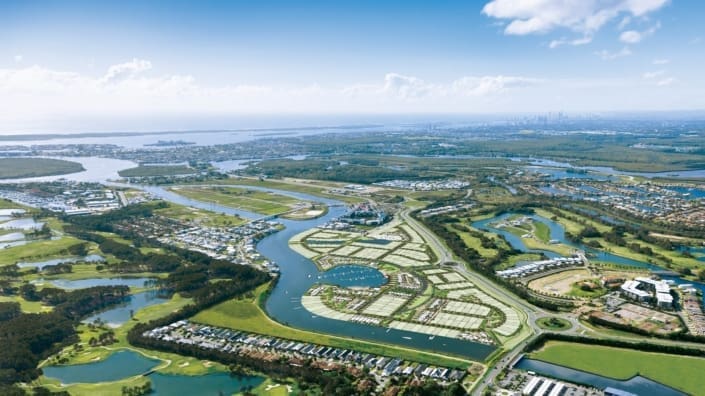 The town of Santa Pola with over 10,000 homes replaced their whole gravity sewer system with a Flovac vacuum sewerage system. As vacuum mains are laid in shallow trenches it was possible to skirt around, above and below exiting infrastructure and eventually replace the network.
The town of Santa Pola with over 10,000 homes replaced their whole gravity sewer system with a Flovac vacuum sewerage system. As vacuum mains are laid in shallow trenches it was possible to skirt around, above and below exiting infrastructure and eventually replace the network.  When looking at upgrading a gravity sewer, pipe relining can be an option, but in many cases this becomes an ongoing expensive option and be too difficult in a large network. Some utilities just look to replace the old pipework, but in most communities this is just not practical. This could mean uprooted gardens, roads out of use for a number of months, noise, dust and a huge cost.
When looking at upgrading a gravity sewer, pipe relining can be an option, but in many cases this becomes an ongoing expensive option and be too difficult in a large network. Some utilities just look to replace the old pipework, but in most communities this is just not practical. This could mean uprooted gardens, roads out of use for a number of months, noise, dust and a huge cost.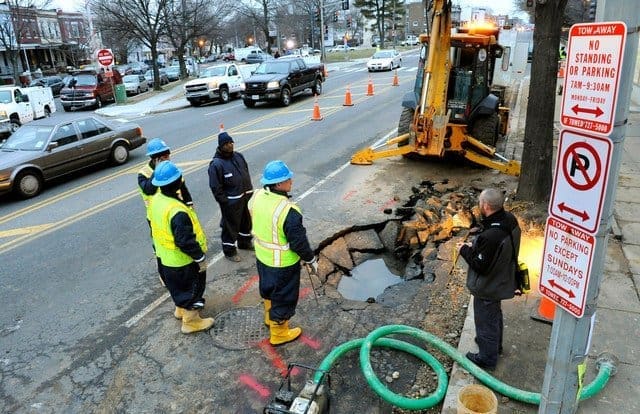 Flovac vacuum sewers have shown time and again, their versatility. This means either their ability to handle density changes or climate changes. It might even mean changes in ground conditions as happened in Christchurch New Zealand when they suffered from a terrible earthquake. The old gravity sewers in the city and surrounding suburbs broke and left residents with no service for months. Vacuum sewers have now replaced a large portion of the gravity sewers in Christchurch and although difficult has proved to be a better long term solution for the residents and operators.
Flovac vacuum sewers have shown time and again, their versatility. This means either their ability to handle density changes or climate changes. It might even mean changes in ground conditions as happened in Christchurch New Zealand when they suffered from a terrible earthquake. The old gravity sewers in the city and surrounding suburbs broke and left residents with no service for months. Vacuum sewers have now replaced a large portion of the gravity sewers in Christchurch and although difficult has proved to be a better long term solution for the residents and operators. 

 As the project was quite remote Flovac supplied a containerized plug and play vacuum pump station and treatment plant. All water on the island is supplied by a desalination plant, so water is precious and spared as much as possible. Treatment quality is very important so that this pristine area is not polluted in any way.
As the project was quite remote Flovac supplied a containerized plug and play vacuum pump station and treatment plant. All water on the island is supplied by a desalination plant, so water is precious and spared as much as possible. Treatment quality is very important so that this pristine area is not polluted in any way.
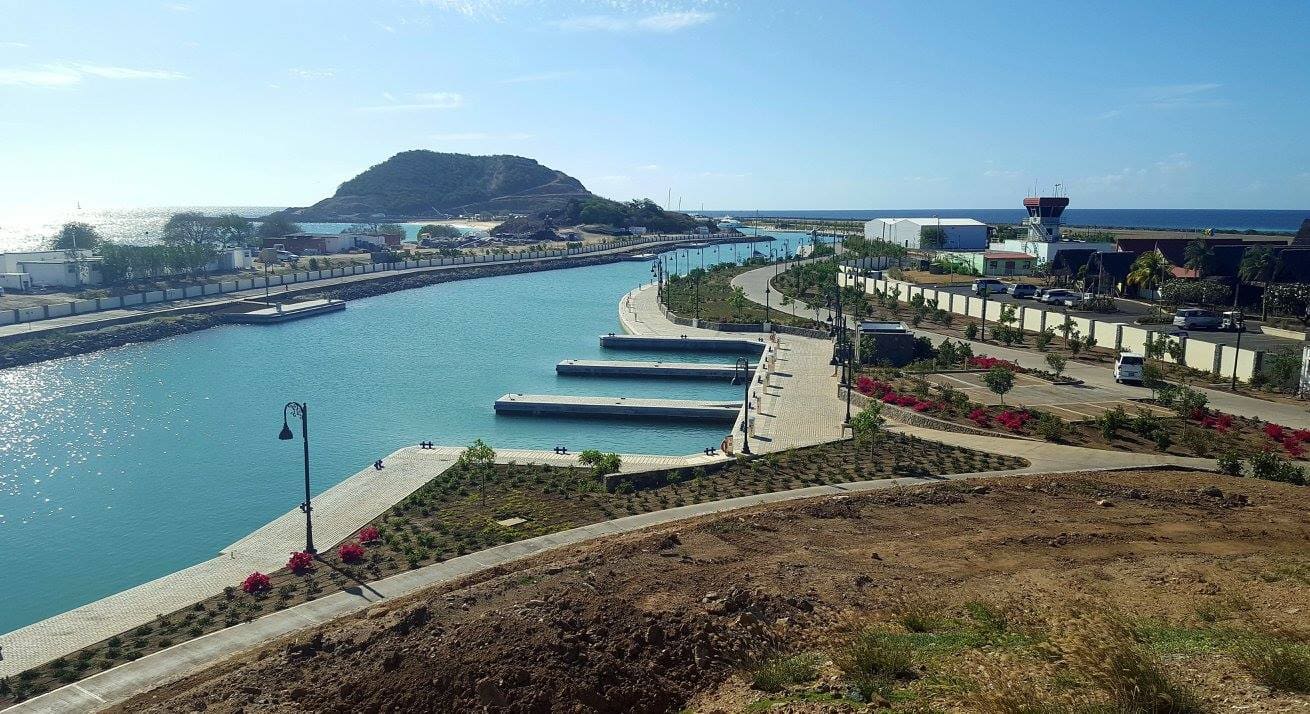
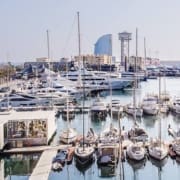




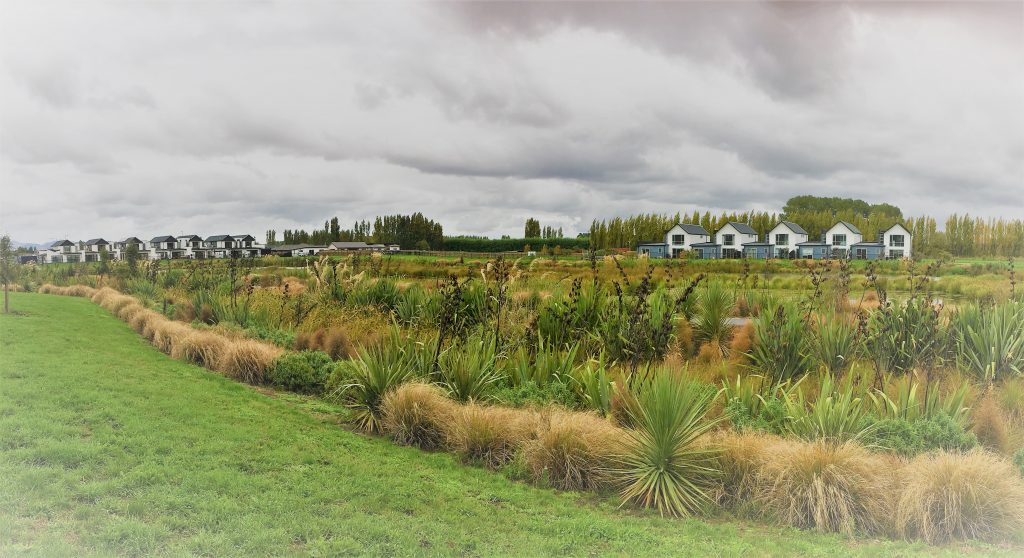

 neighborhood complete with a Foodstuffs supermarket, cafe’s and restaurants. Already built is a large BP service station which houses a cafe and a Jetwash. The Flovac system handles the commercial premises and can handle any flows from the car washing facility.
neighborhood complete with a Foodstuffs supermarket, cafe’s and restaurants. Already built is a large BP service station which houses a cafe and a Jetwash. The Flovac system handles the commercial premises and can handle any flows from the car washing facility.